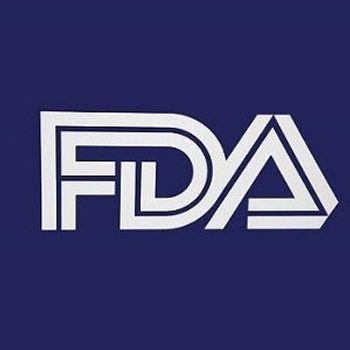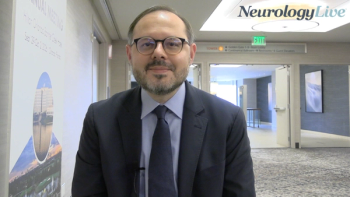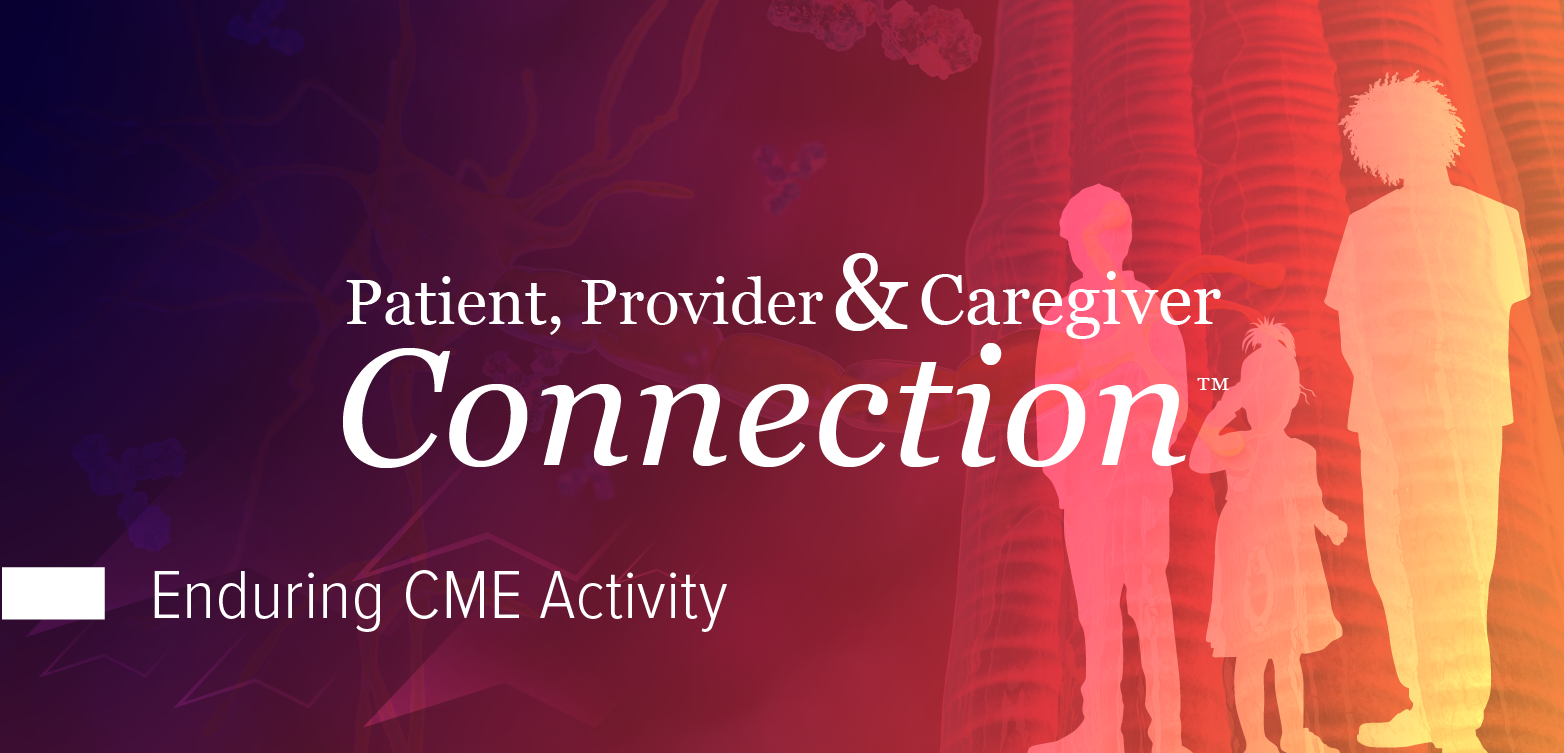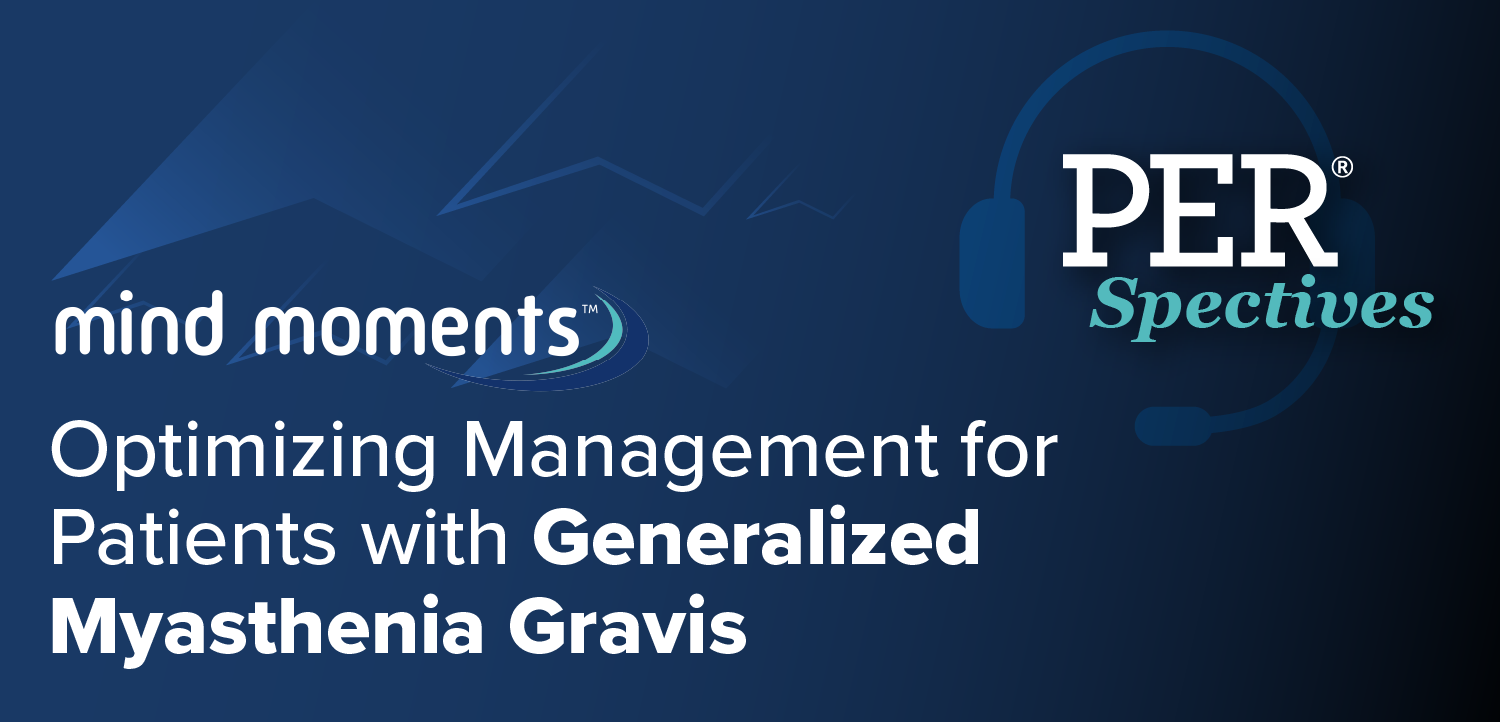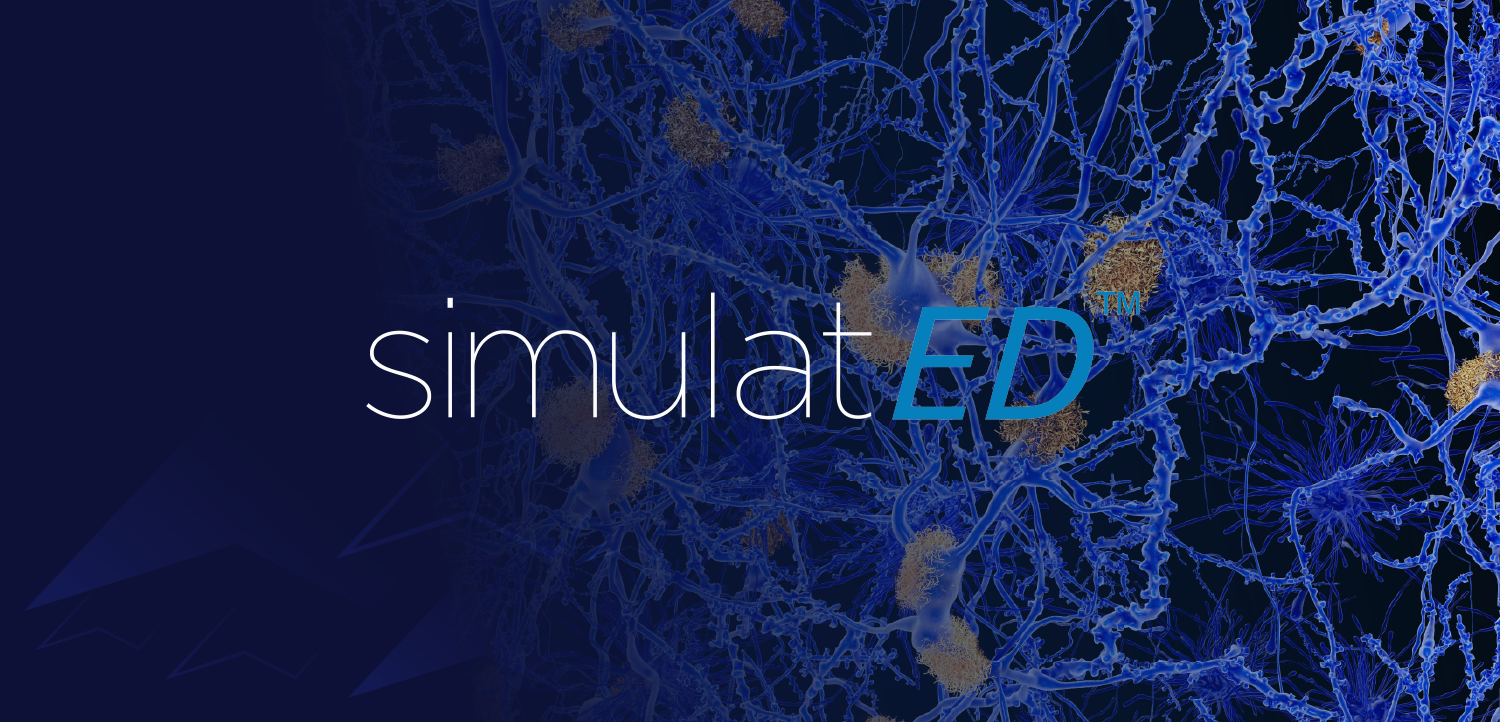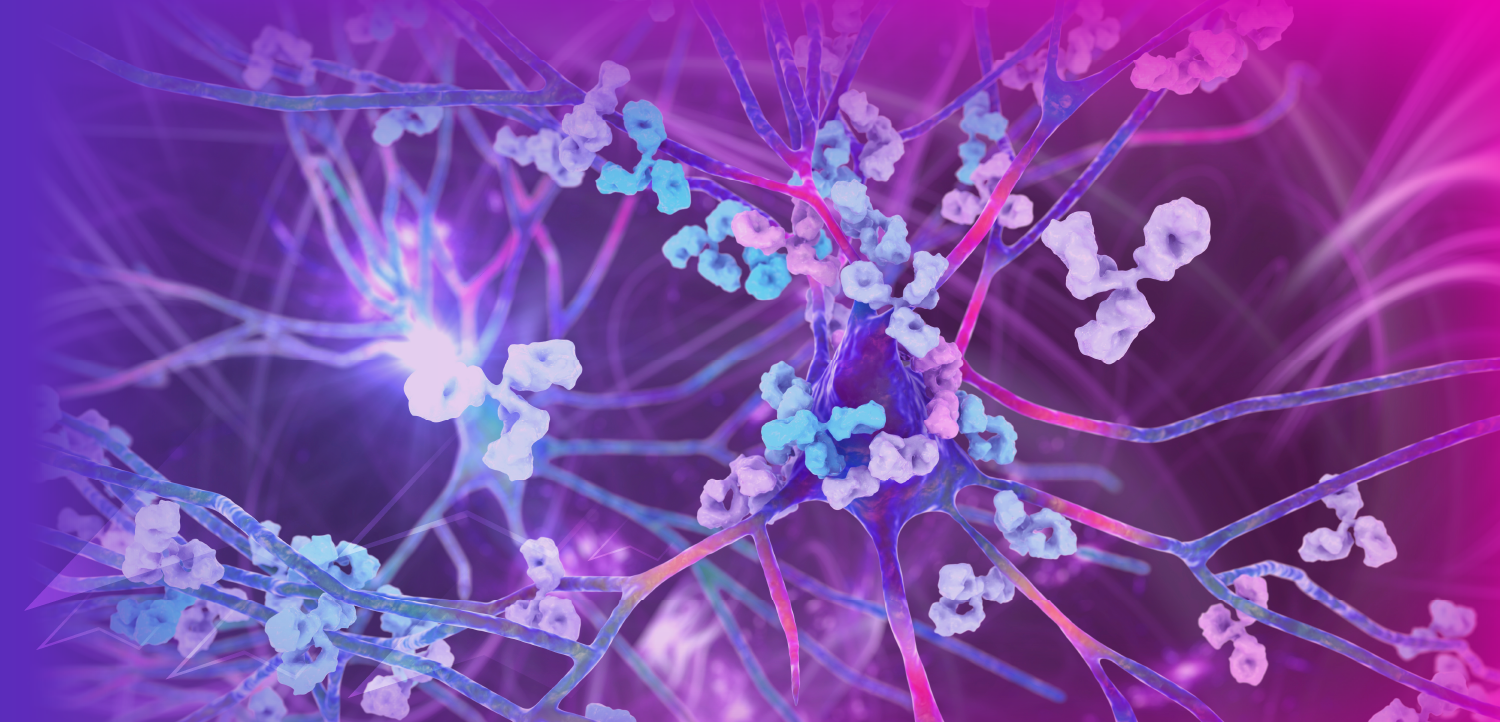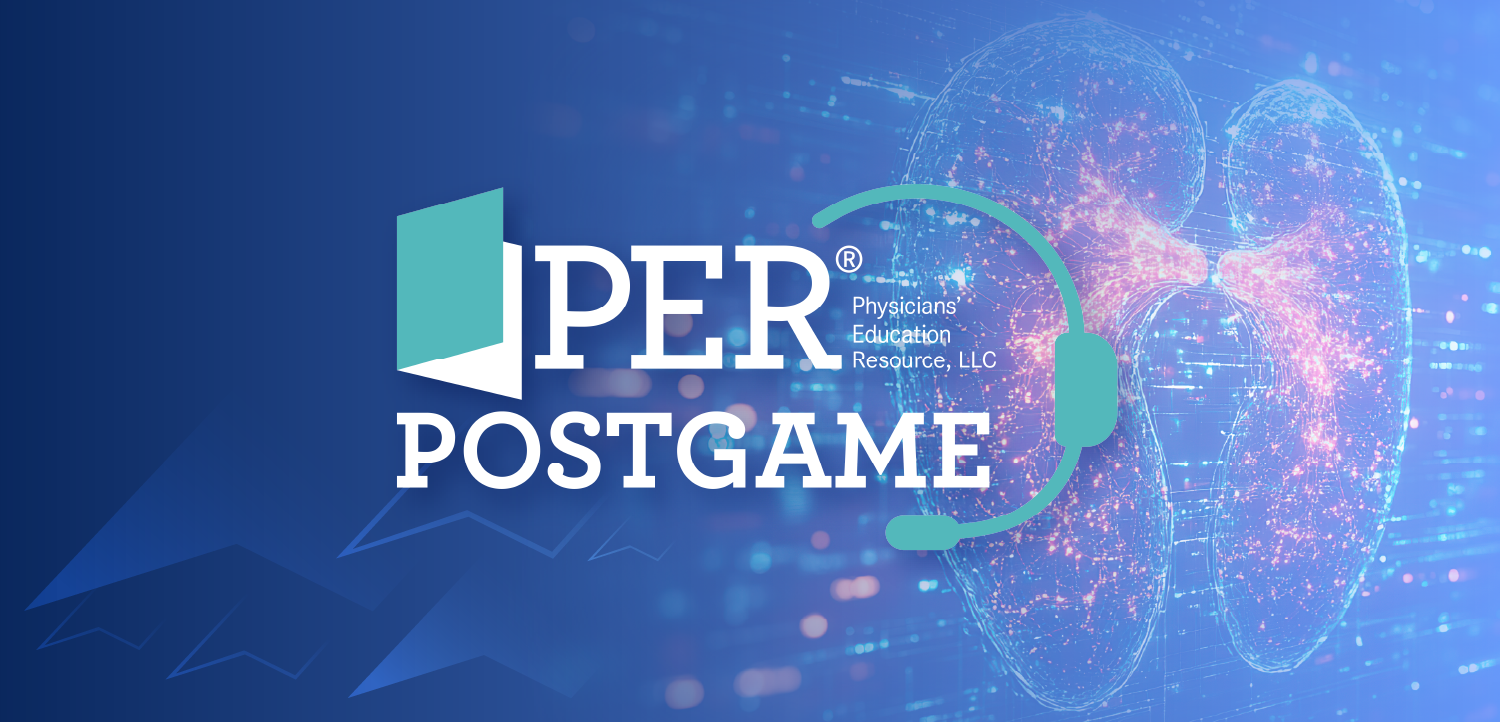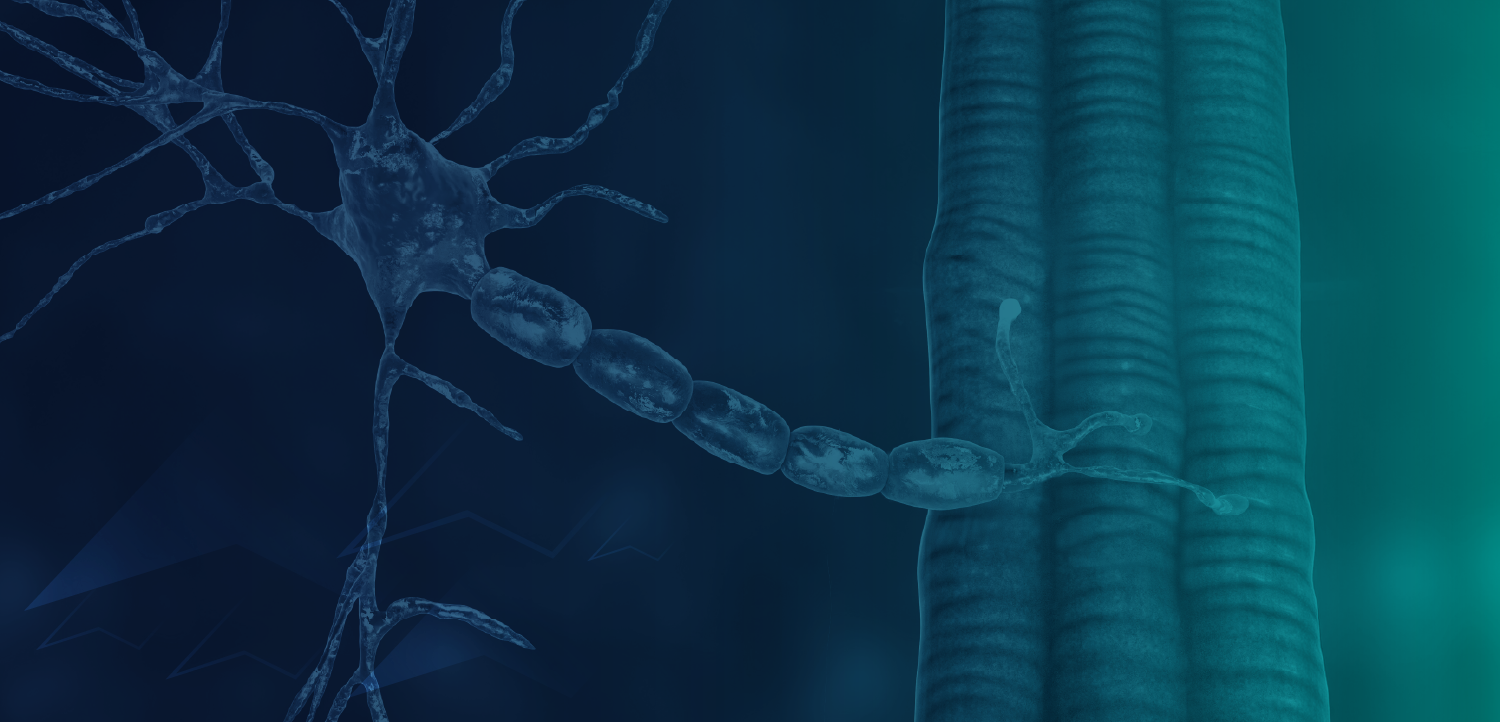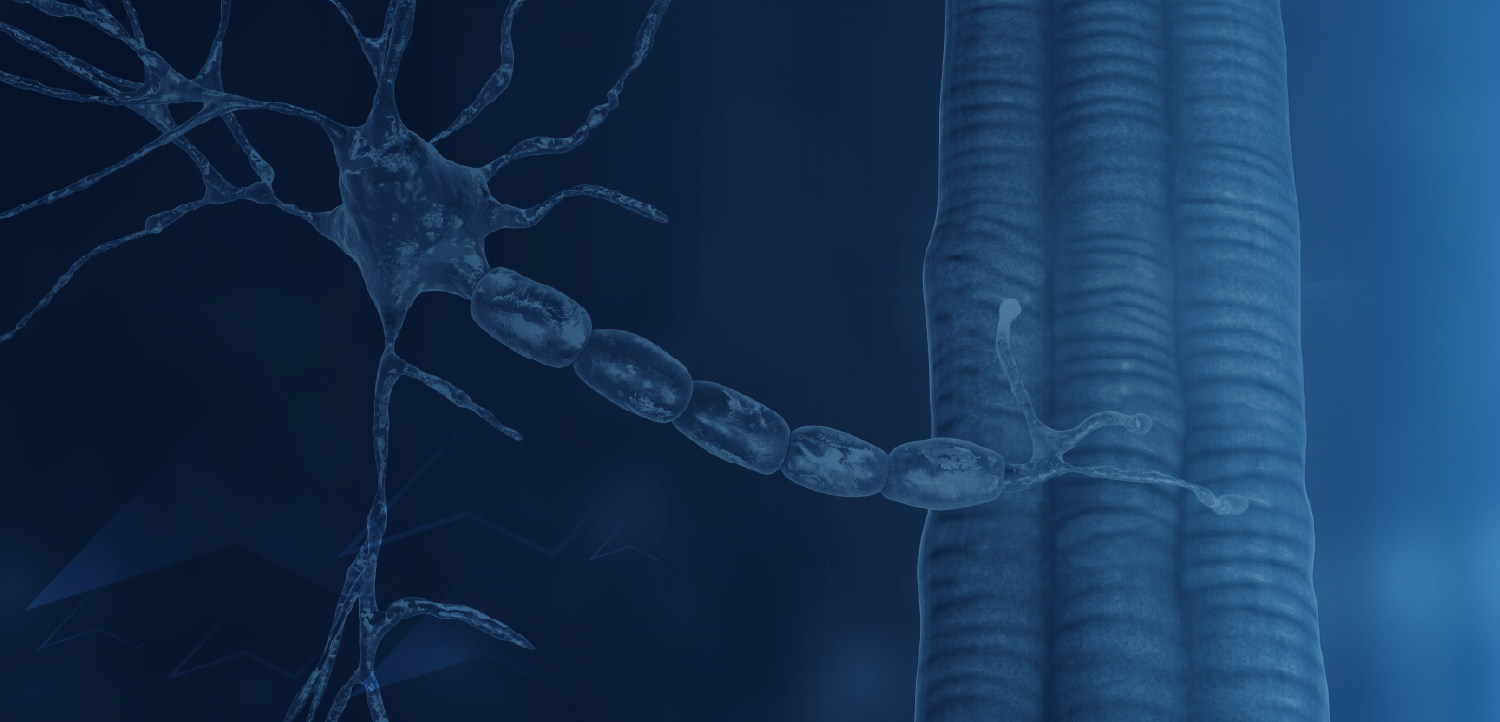
Mechanism and Promise Behind SPN-830 for Parkinson Disease: Stuart Isaacson, MD, FAAN
The director of the Parkinson’s Disease and Movement Disorders Center of Boca Roaton, Florida, gave clinical insight on the function of a newly approved therapy for Parkinson disease, a common neurodegenerative disorder. [WATCH TIME: 3 minutes]
WATCH TIME: 3 minutes
"Unlike levodopa, it doesn't need conversion...it has 100% bioavailability...and it has remarkably good tolerability, delivering consistent benefits."
Levodopa is considered the cornerstone treatment for Parkinson disease (PD), offering significant benefits in managing motor symptoms, such as tremors, rigidity, and bradykinesia. While it helps replenish the brain’s dwindling dopamine levels, it has several drawbacks, including inconsistent efficacy due to delayed absorption in the gastrointestinal system, leading to fluctuations in symptom. Over time, long-term use can also result in the development of motor complications, such as dyskinesia and “ON-OFF” phenomena, where patient experience periods of sudden worsening or improvement of symptoms.
In early February, the
As part of NeurologyLive's ongoing coverage of the approval, movement disorder expert Stuart Isaacson, MD, FAAN, sat down to discuss the unique mechanism of SPN-830 in treating PD. Isaacson, director of the Parkinson’s Disease and Movement Disorders Center of Boca Roaton, Florida, provided context on how this new device differs from levodopa, which has variable absorption and relies on a complex process to reach the brain. Notably, he spoke on the bioavailability of this new medication and why its direct action on dopamine receptors make it a significance advancement in PD care.
REFERENCES
1. Supernus Announces FDA Approval of ONAPGO™ (apomorphine hydrochloride) for Parkinson’s Disease. News Release. Supernus. Published Febrauary 4, 2025. Accessed February 6, 2025. https://ir.supernus.com/news-releases/news-release-details/supernus-announces-fda-approval-onapgotm-apomorphine
2. Katzenschlager R, Poewe W, Rascol O, et al. Apomorphine subcutaneous infusion in patients with Parkinson's disease with persistent motor fluctuations (TOLEDO): a multicentre, double-blind, randomized, placebo-controlled trial. Lancet Neurol. 2018;17(9):749-759. doi:10.1016/S1474-4422(18)30239-4
Newsletter
Keep your finger on the pulse of neurology—subscribe to NeurologyLive for expert interviews, new data, and breakthrough treatment updates.


